By: Jodi Smith …..

Travelers who flock to the Sistine Chapel may not intend to find creepy places in Rome, but one macabre, yet arguably holy spot could change their mind: the Museum of the Souls of Purgatory (Museo delle Anime del Purgatorio). Unlike other grim museums devoted to horror-worthy material, this tiny museum, nestled in one room of the Church of the Sacred Heart of Suffrage (Chiesa del Sacro Cuore del Suffragio), contains holy artifacts: relics stained with the burned hand marks and fingerprints of people purportedly trapped in Purgatory.
In Catholic theology, Purgatory refers to a temporary place in the afterlife for sinners who need to atone for their sins before ascending to Heaven. The concept of souls trapped in Purgatory has existed in Catholicism since the 11th century when a monk told Abbot Odilo of Cluny a tale of being stranded on an island with a strange hermit after a shipwreck. The hermit claimed a large rift burst open on the island, spitting flames and revealing anguished souls. Odilo established All Souls’ Day to increase the number of prayers for deceased loved ones suffering in Purgatory.
The artifacts in the Museum of the Souls of Purgatory function as creepy links to these trapped souls. There are 10 items on display, most carrying burn marks, which some believe serve as supplication for the living to pray feverishly to expedite their loved ones’ entry to Heaven. The museum features clothing, prayer books, and money.
Priest Founded The Museum After A Fire Revealed A Face
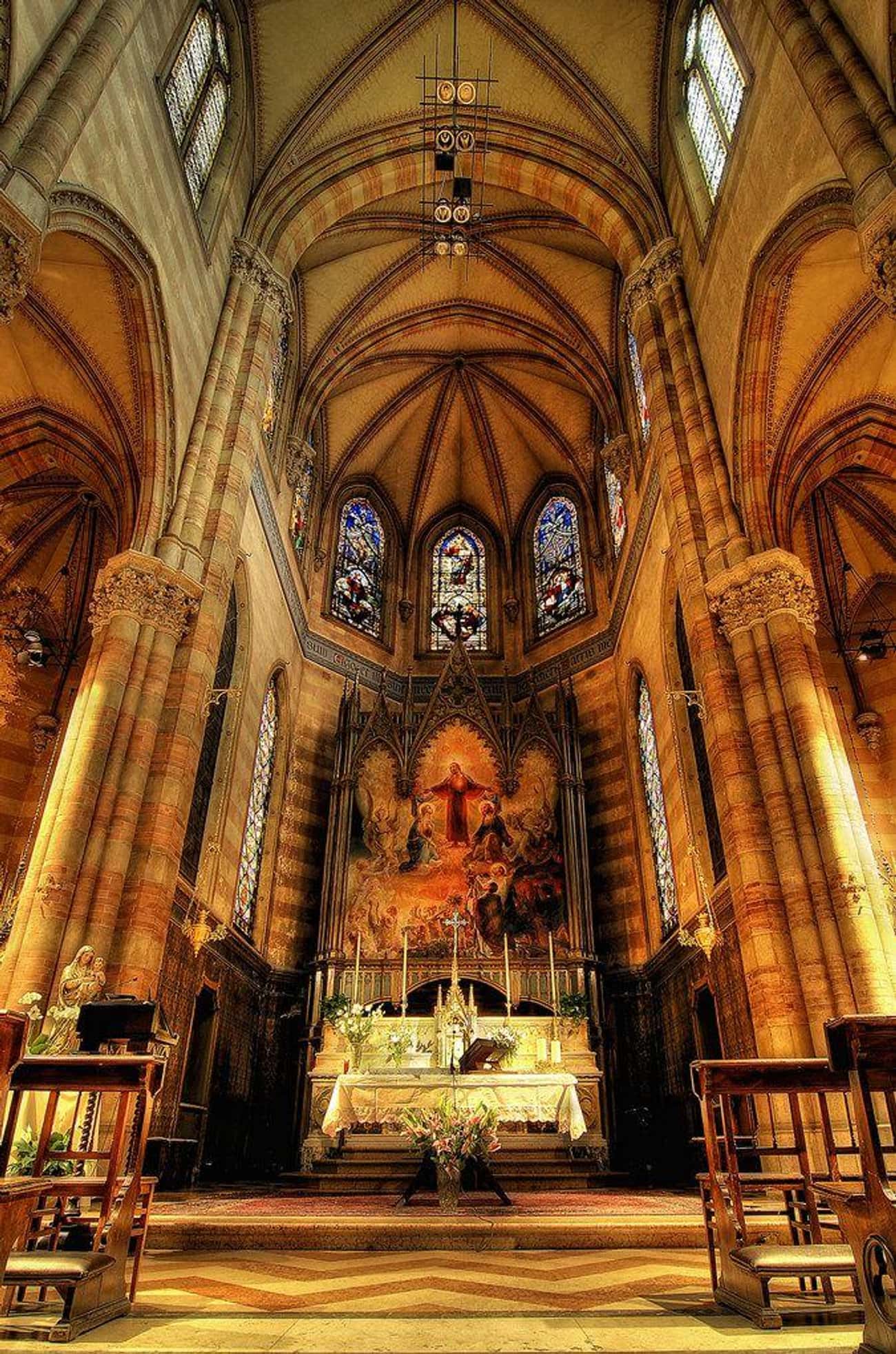
Fr. Victor Jouët, a parish priest of the original Church of the Sacred Heart of Suffrage, established the museum after a fire in 1897 claimed part of the holy place. While he surveyed the damage, Jouët reportedly found the face of a soul trapped in Purgatory burned into a wall.
This discovery prompted him to set aside one room in the church to display items marked by the hands of souls in Purgatory.
Its Founder Died Inside The Museum

Museum founder Fr. Victor Jouët traveled from Italy to many countries to collect the items on display. The 10 artifacts he discovered to remain in a single room of the church, housed in a glass case on one wall, offered as proof of souls requesting Mass and prayers.
In 1912, Jouët supposedly died inside the unique museum; no one has added any items to the collection since his death.
A Prayer Book On Display Has Three Fingermarks Burned Into It

The museum includes a prayer book owned by a woman named Maria Zaganti, who claimed she felt the touch of her friend Palmira Rastelli’s soul. Rastelli, sister of the parish priest at St. Andrew in Poggio Berni, Italy, reportedly died on December 28, 1870, and appeared to Zaganti on March 5, 1871, allegedly leaving behind three burn marks in the shape of fingers on the book.
Rastelli’s spirit supposedly sought Holy Masses to assist her soul’s ascension to Heaven.
A Dead Woman Burned Her Husband’s Night Cap To Get His Attention
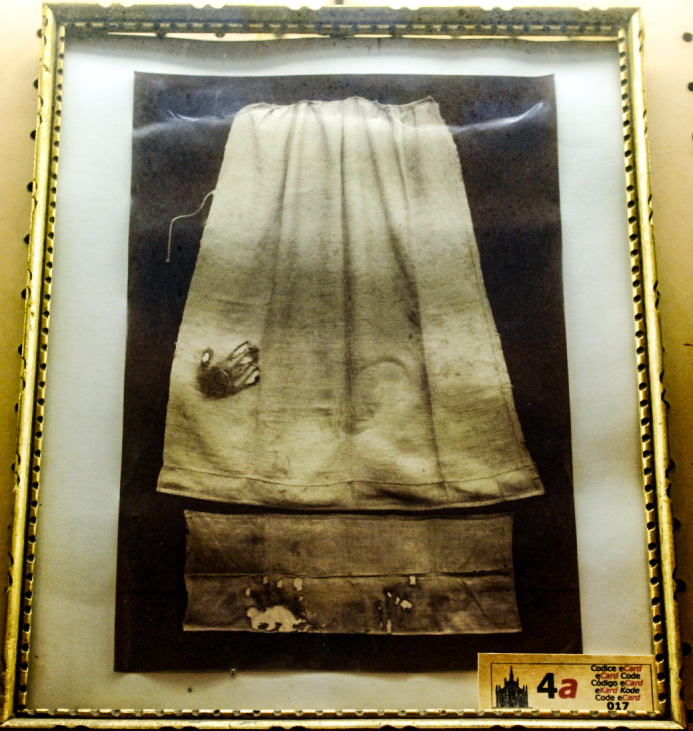
In 1875, Luisa Le Sénèchal, who had died two years earlier, allegedly appeared in Ducey, France, to see her husband Luigi; Sénèchal asked him to pray for her soul. As proof she was not a dream, Luisa grabbed Luigi’s sleeping cap, burning five fingerprints into the material.
The singed fabric purportedly proved to the couple’s daughter her mother wanted Holy Masses to aid those in Purgatory.
A Nun Who Died From The Plague Charred Another Nun’s Apron

In 1696 Sister Maria Herendorps was serving at a Benedictine monastery in Warendorf, Germany when Sister Chiara Schoelers’s ghost allegedly burned a handprint into her apron. Schoelers had perished in 1637 due to the plague.
The museum display includes only a photograph of the garment, not the original relic.
A Mom Left A Handprint On Her Son’s Shirt

The deceased mother of Joseph Leleux of Wodecq, Belgium, reportedly appeared in 1789. Leleux had spent 11 days feeling queasy and ill-at-ease from hearing noises. His mother purportedly asked him to fulfill a promise in exchange for his inheritance from his father; she reminded him he needed to work for the Catholic Church and change his ways.
Before leaving, she grabbed her son’s sleeve and burned her handprint into the fabric. Leleux went on to found a devout, God-fearing congregation.
An Italian Nun Requested Prayers Via A Pillowcase
While suffering from tuberculosis, Sister Maria of St. Luigi Gonzaga in Italy fell into a depression and prayed for death to end her illness. She died on June 5, 1894, then appeared to fellow nun Sister Margherita the same evening.
Appearing in a haze, Sister Maria told Sister Margherita she was in Purgatory as punishment for interfering with God’s will during her illness. Sister Mary requested prayers for her soul, leaving a single fingerprint on Sister Margherita’s pillow.
Monk Left Multiple Burned Imprints On The Belongings Of An Abbess
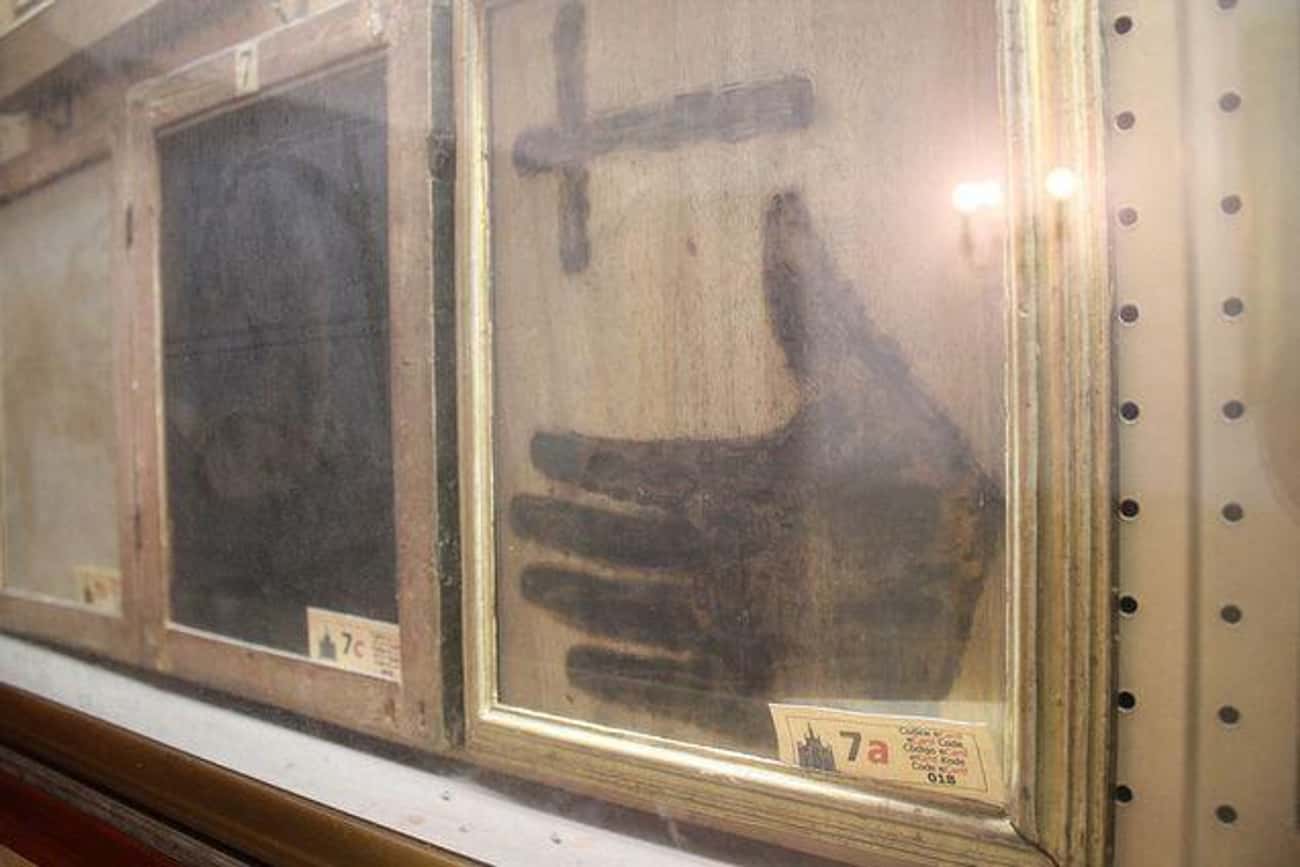
On All Souls’ Day in 1731, the apparition of former abbot Fr. Panzini appeared to Mother Isabella Fornari, head of an order of nuns known as the Poor Clares, in Todi, Italy. He left a handprint and a cross on her wooden work table, along with additional handprints on a paper and her smock’s sleeve, allegedly causing her to bleed.
Mother-In-Law Burned Her Handprints Onto A Devotional Book
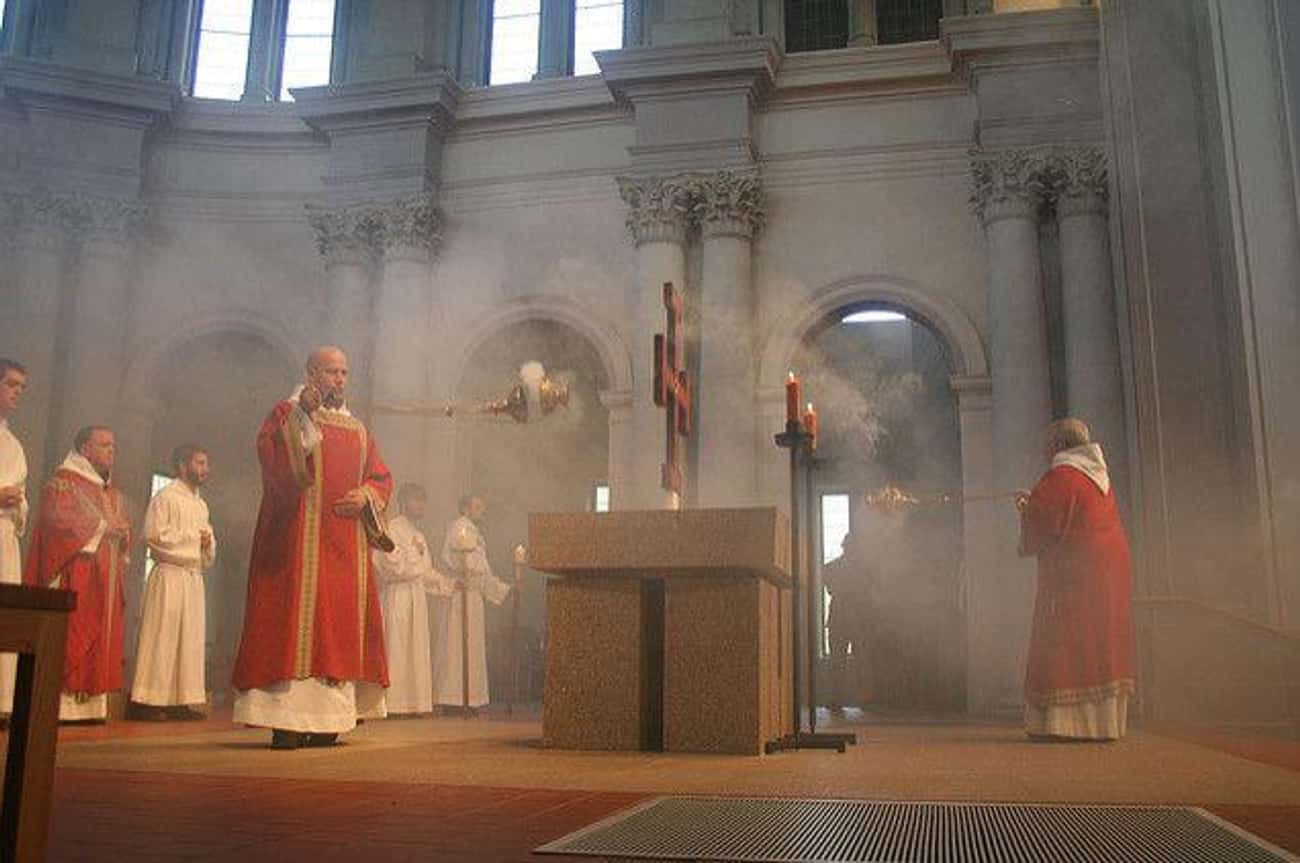
Thirty years after dying during childbirth in 1785, a woman reportedly appeared to her daughter-in-law Margherite Demmerlé. Accordingly, Demmerlé received instructions to travel to the Shrine of Our Lady of Mariental and request two Masses for her mother-in-law.
After Demmerlé carried out the task, her mother-in-law appeared again after leaving Purgatory, burning her prints into the pages of The Imitation of Christ, a devotional book by Thomas à Kempis.
Faithless Man Scorched A Prayer Book
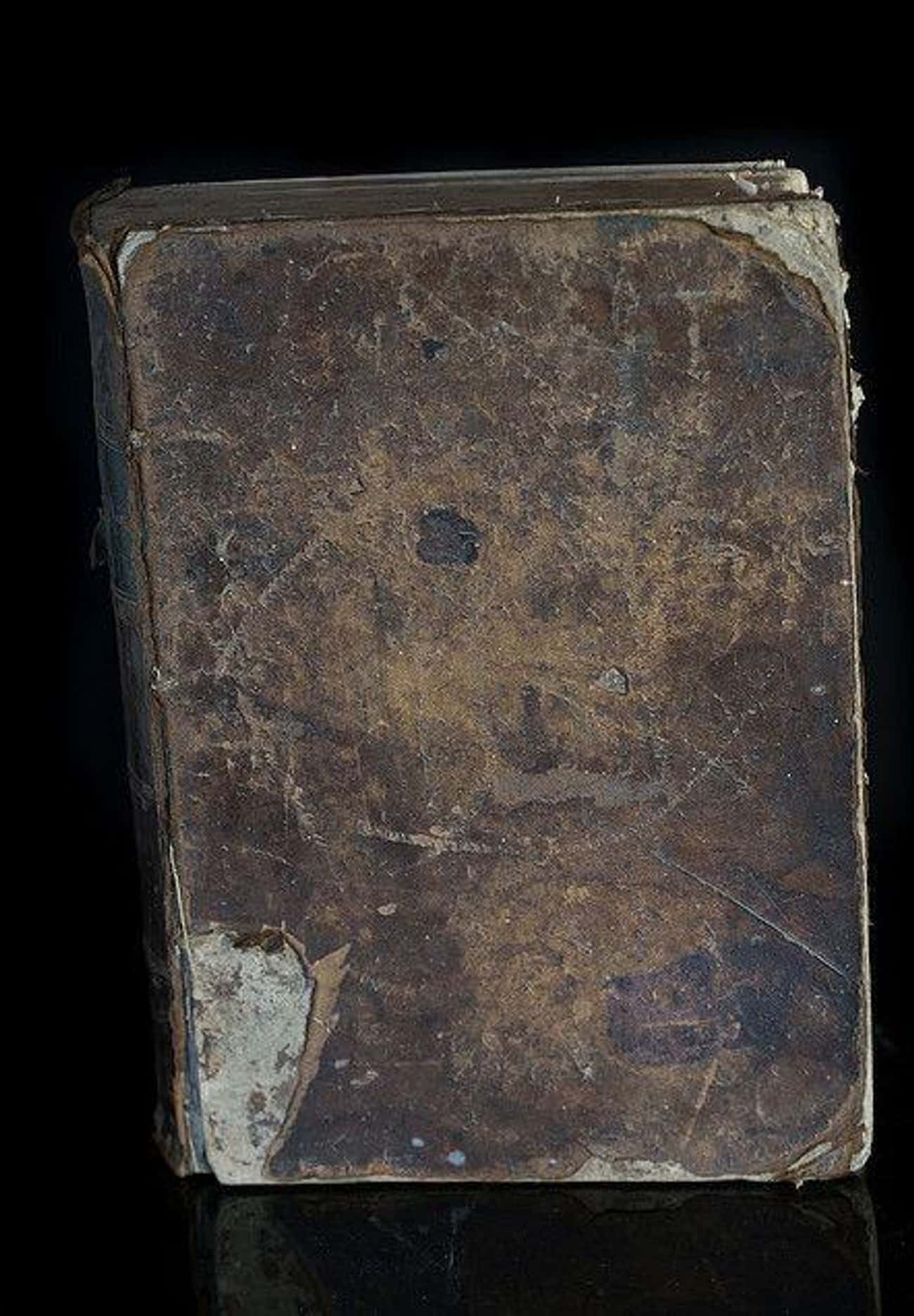
On December 21, 1838, Joseph Schitz allegedly appeared to his brother George to lament his place in Purgatory. Schitz said living a life without devotion to religion left him in the in-between; he asked his brother to pray for him. Before going, Schitz supposedly pressed his fingers into his sibling’s German prayer book, leaving behind scorched marks on the pages.
Priest Sent Cash To Escape Purgatory

According to the museum’s account, from August through November 1919, 30 Italian banknotes, each worth 10 lire, appeared at the Monastery of St. Leonardo in Montefalco, Italy. A photocopy of a banknote remains at the museum. The currency lacks burn marks like most other museum display items. Some believe the banknotes could have served as a bribe.
Supposedly, a priest who had died left the money to encourage the living to help hasten his 40-year Purgatory sentence.

